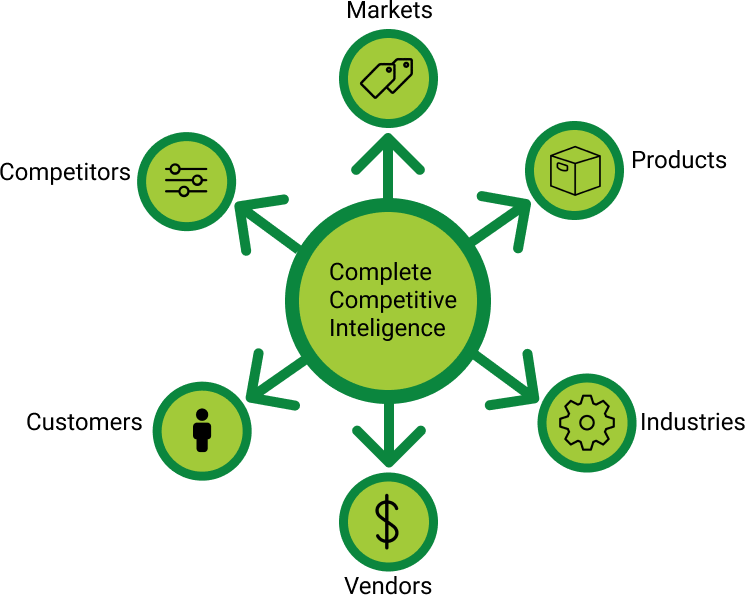
Mobile-first Fintech companies and apps are setting a new benchmark for handling personal finances by providing a great user experience (UX).
These apps are growing more and more in popularity and new alternatives appear every month, redefining the customers' relationship with their money. But with so many solutions on the online marketplace, which are the differentiating factors that lead users to choose fintech apps over regular banking?
4 Best Practices for UX Focused Fintech Companies
Bitrise (a platform for mobile app development) released a report on mobile transformation in finance and banking in June 2020, exploring and analyzing the best practices of leading fintech companies like Venmo, Square, and Transferwise.
The best practices identified by Bitrise are:
- Providing engaging experiences on mobile - In the last few years, real-time enhanced UX capabilities drove more and more customers to fintechs. The most downloaded finance apps today in the US are built by mobile-first companies and the top 10 apps showed a 33% higher growth rate in monthly users in 2019 compared to that of traditional banking.
- Strong focus on design - Allows teams to create personalized, effortless, and intuitive digital experiences.
- Focus on user experience - Customers are adopting intuitive, seamlessly integrated solutions. They no longer rely on visiting branches to access most of the banking services they need. User experience can improve user acquisition, activation, and retention rates, pushing the quality boundaries of building the next digital banking product.
- Optimizing app release strategy - Fintechs’ apps had 52 times more sessions per user per year compared to banks’ apps, meaning millions of transactions flowing through fintechs instead of traditional banks. When looking at the performance of apps in the finance category, frequent app releases also showed a correlation with higher app store rankings.
The Power of UX in Fintech

Fintechs companies are implementing the power of UX not only into app development, but also into their own company’s DNA.
They are empowering business processes by viewing design as a methodology, a customer-centered business approach, and increasing the scope of UX design influence. On the other hand, bank designers create the top coat of the product limiting their influence to visual appearance.
Other differences between the fintechs and traditional banks consist of:
- Flexibility - Financial technology apps are flexible and adapt to future rules, while banks often rely on past success.
- Interconnectivity - Unlike traditional banks, these organizations develop a holistic ecosystem, while banks develop separate products.
- Unique value proposition - Fintech provides an authentic value, rather than one-size-fits-all banking. They define the weak points of banks and address customers’ pains to craft a unique digital banking experience that creates positive emotions and leads to long-term loyalty.
- Focus the developing effort - These types of organizations require fewer functions to better match users’ needs.
- Quality and emotions - While bank managers focus on the number of interface screens designed per day. Fintechs focus on intuitive banking experiences. To make a difference by connecting with customers on an emotional level, while also providing a personalized attitude and delightful experience.
- Invest in customer experience (CX) - While banks outreach to customers by investing in marketing, they create a value-based community around an outstanding brand experience. Their main aim is to help customers instead of manipulating them. This mentality pays off with customer loyalty and referrals.
Utilizing Customer Journey Maps
Another important aspect of innovation for Fintech companies, derived from their ability to Map the customer journey. Recent research shows that 85% of companies who map their customer journeys, experienced a positive or very positive impact.
Onboarding, transaction, service and resolution are all parts of banking journeys. However, customers view banking as a part of the broader life journeys they take to fulfill various needs. Fintechs reciprocate that thinking by analyzing and being present in these larger journeys by participating from the time the customer acts on a primary need (i.e. need for wellness rather than need for medical insurance; need for vacation rather than need for travel card etc.)
By employing Design Thinking techniques, Fintechs are more empathetic to customers and discover new journeys.
Top trending apps engage with users through a more refined UX and put agile testing practices in place to avoid usability issues. They are moving the needle in today’s marketplace, requiring rethinking mobile development practices and adopting new technologies that companies hadn’t considered before.









Comments
Add Comment